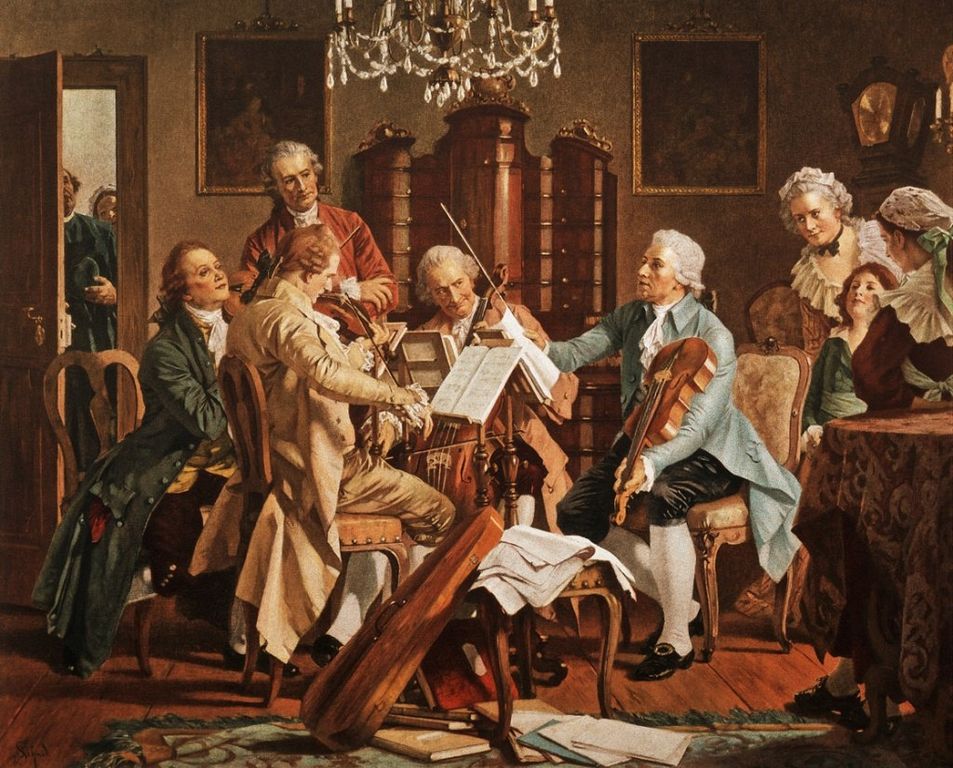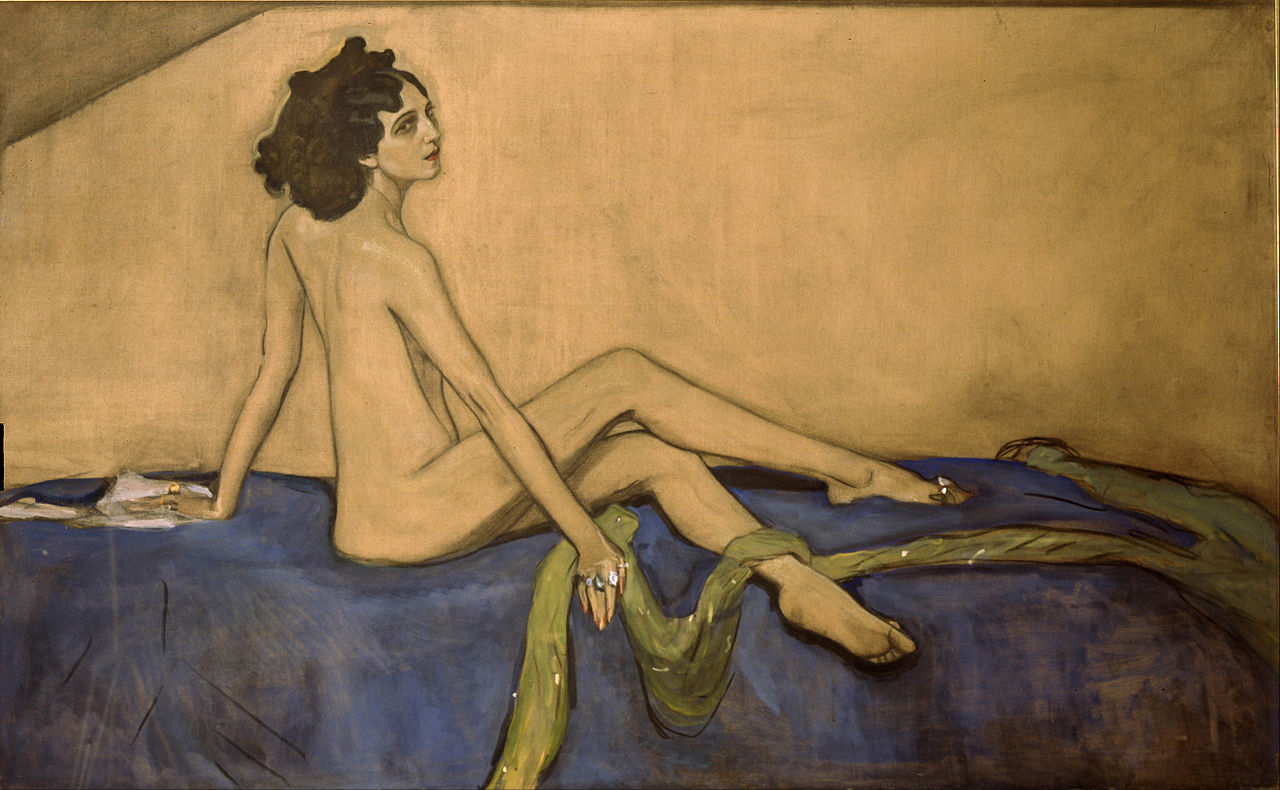The silent power of great movie soundtracks

- Film soundtracks can add to a film’s narrative by personifying characters and reflecting atmospheres.
- Soundtracks can also reflect the events that take place in a film, helping audiences better understand their meaning.
- Some directors have treated music the same way they do sound, and they looked for more organic ways to integrate it into their work.
Music is an important but often underappreciated aspect of filmmaking. According to an article from 2001 that was published in the academic journal Music Perception, research has shown that movie soundtracks not only strengthen the emotional impact of scenes, but also help us better remember them after leaving the cinema.
For this reason, you’d be hard-pressed to find a Hollywood hit that didn’t come with an instantly recognizable score. People that watch Steven Spielberg’s Jaws will gradually forget the names of the characters and the precise structure of the plot, but thanks to John Williams’ score, they’ll never forget the tune that plays when you’re about to be attacked by a bloodthirsty shark.
But how exactly can you judge the quality of a soundtrack? In an article titled “Narrative Film Music,” Claudia Gorbman, a professor of film studies at the University of Washington Tacoma, explains that you cannot evaluate soundtracks the same way you would a song or a composition, because these forms of music are experienced on their own.
A film soundtrack, by contrast, is just one piece in a greater whole. It works in tandem with other elements, like cinematography, acting, and editing, and should be judged accordingly. “Ultimately,” writes Gorbman, “it is the narrative context, the interrelations between music and the rest of the film’s system, that determine the effectiveness of film music.”
Looking at the interrelation between film and soundtracks not only helps us better understand the soundtracks themselves, but the entire cinematic experience as well. Many directors use film music as a language, just another way to convey meaning to their audience. A few are convinced that movies are an extension of their soundtrack, rather than the other way around.
Soundtracks as language
The most basic ways soundtracks can be adapted to a film’s narrative originated from opera. In this artform, composers used leitmotifs — musical themes that recur throughout the work — to represent the characters as they moved through the stories. If two characters were in love, their leitmotifs could combine into one. If one of them underwent a drastic change, this too could be reflected in their music.
Leitmotifs don’t have to be connected to people. They can also be tied to a location or an abstract thought. Charlie Kaufman’s 2008 film Synecdoche, New York contains a leitmotif that is connected to the concept of death. The film’s protagonist, an unfulfilled stage director and chronic hypochondriac named Caden Cotard, is constantly haunted by his own mortality.
The leitmotif, composed by Jon Brion, is played consistently throughout the film when the protagonist hits a low point. The motif itself — four notes in steadily decreasing pitch that faintly resemble the sound of someone knocking on a door — reinforces the main character’s inability to outrun the thing that he fears the most.
It’s one thing for a soundtrack to reflect the atmosphere of a movie, another to also reflect the story. The protagonist of Synecdoche, New York experiences several mental breakdowns and Brion represents these with a variety of instruments. Each is played at a rising frequency and without rhythm, reflecting the protagonists’ compounding anxieties.
Another great example of a soundtrack that reflects the film’s plot can be found in the film Goodbye, Lenin! Released in 2005 and directed by the German director Wolfgang Becker, the movie tells the story of a rebellious Berlin teenager, named Alex Kerner, who is forced to care for his ailing socialist mother after the fall of the Berlin Wall in 1989.
Throughout the film, the teenager is constantly jumping back and forth between two different worlds: the world outside and the world that exists inside his mother’s bedroom. One represents the future, the other the past. One has capitalism, the other socialism. One has Pepsi and Burger King, the other has dilapidated apartments and pictures of Stalin.
The differences between these worlds are reflected in the film’s music, written by Yann Tiersen. The sounds of modern-day Berlin are hectic and energetic, created from a rag-tag band of string and brass instruments that — much like members in a capitalist society — work together in an imperfect yet productive harmony.
The music that plays when the teenager visits his socialist mother is slow, somber and sentimental. A single instrument — a piano — represents the unified spirit of a communist nation. The melody is sad but also exceptionally beautiful, mirroring the teenager’s complicated relationship with the government that he grew up under, the same government his mother worked for.
Tarkovsky’s musical-cinematic effect
Few filmmakers have treated their soundtracks as carefully as did Andrei Tarkovsky. From early childhood onward, the Russian filmmaker harbored a deep admiration for the work of Johann Sebastian Bach, and would incorporate the classic musician’s work throughout his career. The way in which he did, however, was quite unique from other filmmakers of his time.
As James Doyle, a lecturer in philosophy at Harvard University, stated in an essay, Tarkovsky did not use Bach because he felt that the sound would strengthen the emotional impact of his scenes. Rather, he did it to “exploit the meaning of Bach as a supremely important figure in the history of western culture” and create a “particular musical-cinematic effect.”
That last bit might require a bit more explanation. At the very start of his filmmaking career, Tarkovsky scored his films, much like any filmmaker, using orchestral pieces. In his case, these were composed by Vyacheslav Ovchinnikov, best known for writing the music for a high-budget Soviet adaptation of the Tolstoy novel War and Peace.
Later, explains Florence Scott-Anderton in a column dedicated to film soundtracks and published via the indie streaming platform MUBI, the director stopped thinking of music as layered on top of his footage and began looking for ways to organically work sound into the film itself, combining visual and audial cues to create an overarching cinematic rhythm.
“Andrei Tarkovsky felt music was most acceptable in film when used like a refrain in poetry,” Scott-Anderson writes in MUBI’s digital publication, The Notebook, “bringing the audience back to their first experience upon entering the poetic world of the film; at once the material is experienced as new, and yet part of the initial memory.”
The more Tarkovsky learned about music, the more experimental his taste became. Ovchinnikov was exchanged for Edward Artemyev, another Russian composer specializing not in orchestral but electronic soundtracks. Artemyev’s inorganic and ethereal sounds provided a fitting backdrop for Tarkovsky’s Solaris, a film set on a space station orbiting a psychoactive planet.
However, Tarkovsky’s use of electronic music was not limited to science fiction. The director used mechanically generated soundtracks again and again in films such as Stalker and The Mirror. In the process, he discovered there was something about this genre that nicely complemented his own idiosyncratic and poetic style of filmmaking.
“Instrumental music,” Tarkovsky wrote in his tell-all book on the craft of filmmaking, Sculpting in Time: Reflections on the Cinema, “is artistically so autonomous that it is far harder for it to dissolve into the film to the point where it becomes an organic part of it (…) electronic music has exactly that capacity for being absorbed into the sound.”
Even in the time when films were still silent, theaters would sometimes hire live orchestras to play musical numbers that accompanied the tone and action of the film. These orchestras fulfilled a similar purpose that composers do today: creating sounds to enhance emotions which are already being expressed in images. And sometimes, they did an even better job at this than the directors.





